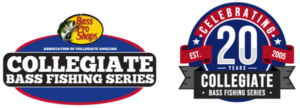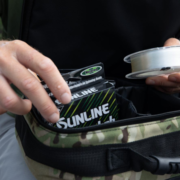How Long Does Fishing Line Last?
Originally published by Sunline
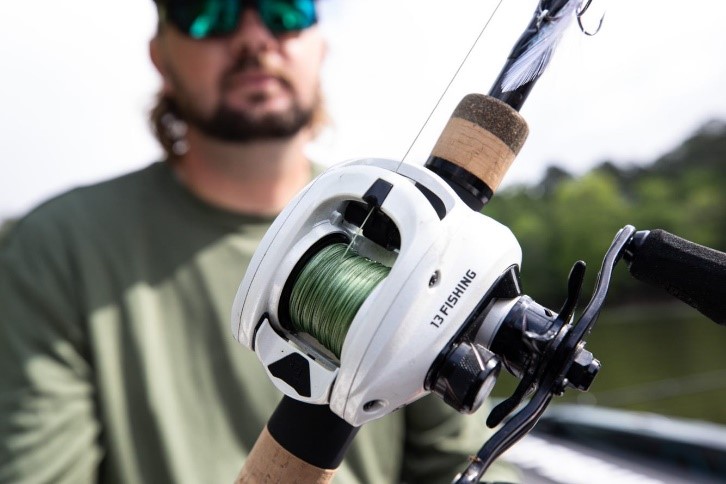
Many people ask how long will fishing line last? The answer is dependent on how the line is stored, but in most cases fishing line can last a very long time in storage and maintain optimum strength. The three main types of line are nylon (monofilament), fluorocarbon and braid. Nylon can be the line most impacted if not stored properly. While braid and fluorocarbon will maintain performance the longest in proper storage.
There are three main suggestions to keep your extra line performing at the highest levels for years to come.
- Store your line out of direct light.
- Keep your extra line at room temperature.
- Protect the spools.
#1- The top suggestion is to keep your line out of continuous exposure to light. This means sunlight, but also includes fluorescent light. UV rays can have a big impact on line and affects nylon the most. The diagram below shows nylon and fluorocarbon that have been exposed to 500 hours of UV light. While 500 hours sounds like a lot it would only be approximately six weeks of daylight. These images show the exposed lines viewed under an electron microscope. The nylon is greatly impacted by this much exposure with fractures developing inside the line that cause premature breakage and prevent the line from performing at the maximum rated lb test.
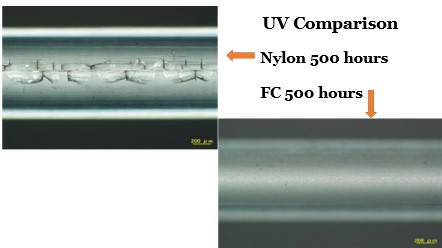
Keeping the line in some type of container rather than just in the open can help protect the line. Something as simple as a cardboard box can protect line from UV rays. Braided line is the least impacted by UV rays and would take many thousands of hours of light exposure to be impacted.
#2- A second recommendation to keep your spare line in top condition is to store the line at room temperature. Again nylon/monofilament is the line type most impacted by temperature. Both extreme heat and extreme cold can have an impact on nylon. Many anglers will store their spare line in their garages and boat sheds. If those locations are not heated and cooled the long exposure of summer or winter temperatures in different parts of the country will impact nylon first. A much better choice would be a basement with its stable temperatures and lower amounts of UV light. Fluorocarbon is more resilient than nylon in extreme temperatures. It can handle short term exposure to heat and cold, but continuous exposure will impact its performance as well. Finally, braided lines are not impacted by extreme heat or cold.
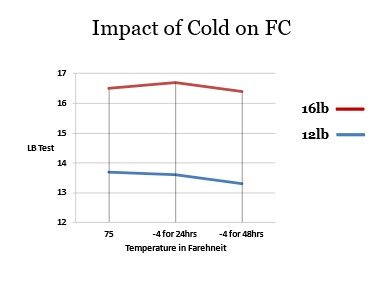
You can see in this testing data that exposure can have an impact on line strength if exposed to extreme cold temperatures.
#3- The final suggestion to keep your line in top storage condition is to protect the spools. If a spool becomes cracked or broken it can make spooling the line properly very difficult. If a crack or broken edge comes in contact or repeated contact with your line while spooling it can weaken your line, particularly nylon and fluorocarbon. A sharp edge can also snag braided lines and weaken some of the woven fibers. Storing spare lines in an old cooler or backpack can be a simple way to protect the spools. Sunline offers a Camo Line Storage bag made to hold spare line and keep the spools protected from breakage. This line storage bag is a great choice to store and protect all your line. The bag is padded on all sides to prevent spools from being broken if the bag is dropped or smashed. The bag opens on the top with a large high-quality zipper. The interior features an adjustable divider that can make up to six internal compartments to separate your line types or sizes. It also features six elastic bands that can securely store bulk spools. The use of a bag like this also protects line from harmful UV rays. Many anglers will utilize several bags to store their line by type.
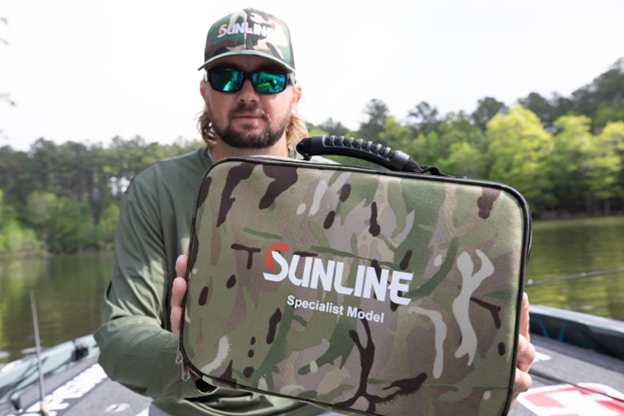
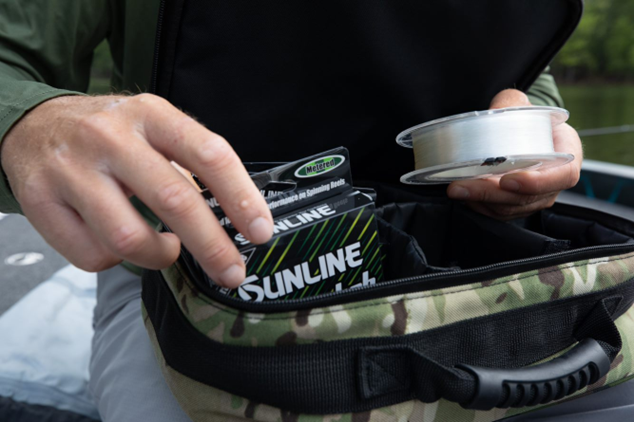
Follow these suggestions for storing your extra lines and you can ensure they will last for a long time and perform at the highest level.
